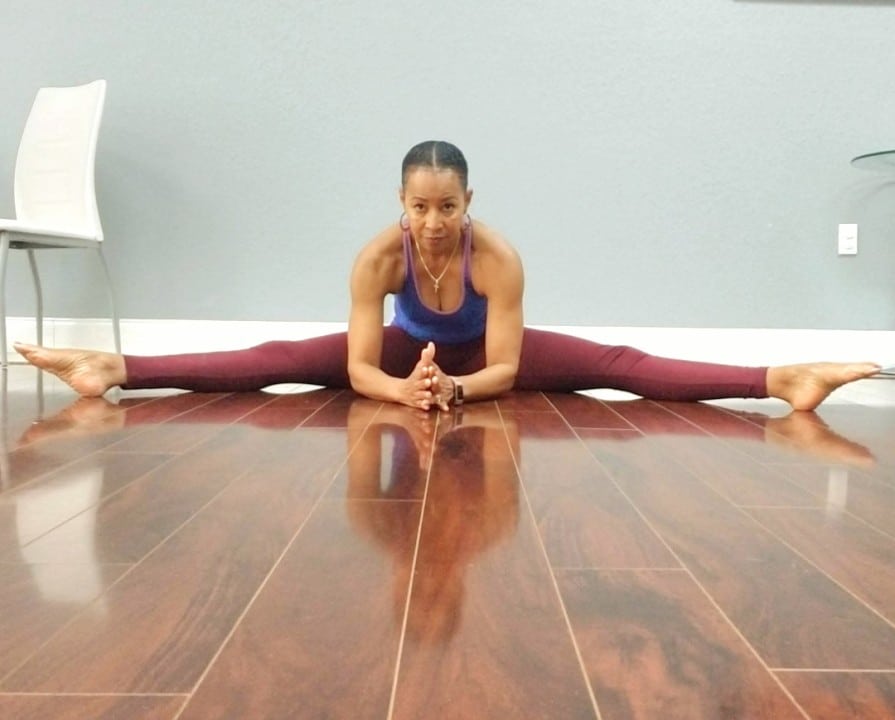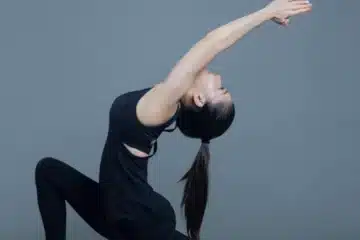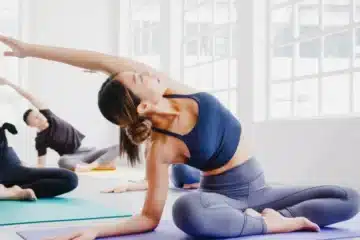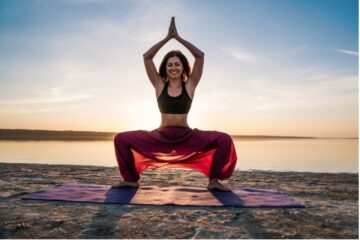Bendiness, often associated with flexibility, embodies the ability to bend and stretch with ease, allowing for fluid movement and graceful transitions.
Whether on the yoga mat, dance floor, or in daily life, embracing bendiness can lead to increased mobility, reduced tension, and a greater sense of freedom in both mind and body.
In this article, we dive into the concept of bendiness, exploring its benefits, practices, and mindset shifts to foster greater flexibility and resilience.
Understanding Bendiness
Bendiness goes beyond the physical capacity to stretch and bend; it encompasses a mindset of openness, adaptability, and flow.
Those who embody bendiness approach challenges with curiosity rather than rigidity, allowing for creative solutions and innovative approaches.
Bendiness extends beyond the physical realm, permeating into mental and emotional flexibility, resilience, and adaptability in the face of adversity.
Benefits of Embracing Bendiness:
- Enhanced Mobility: Embracing bendiness improves joint mobility and range of motion, allowing for greater ease and fluidity in movement.
- Reduced Tension: Bendiness practices such as stretching, yoga, and Pilates help release muscular tension, promoting relaxation and stress relief.
- Improved Posture: By increasing flexibility and mobility, bendiness supports proper alignment and posture, reducing the risk of injuries and chronic pain.
- Mind-Body Connection: Bendiness practices cultivate a deeper connection between mind and body, fostering mindfulness, presence, and self-awareness.
- Increased Resilience: Embracing bendiness fosters mental and emotional resilience, allowing individuals to adapt to change and bounce back from setbacks with grace and ease.
Practices for Cultivating Bendiness:
- Yoga and Stretching: Incorporate yoga poses and stretching exercises into your daily routine to increase flexibility and mobility.
- Pilates and Core Strength: Build core strength and stability through Pilates exercises, which support and enhance bendiness by improving muscular control and balance.
- Dance and Movement: Explore different styles of dance and movement modalities to cultivate fluidity, grace, and expressiveness in your body.
- Breathwork and Mindfulness: Practice deep breathing techniques and mindfulness meditation to quiet the mind, reduce stress, and enhance body awareness.
- Progressive Relaxation: Engage in progressive relaxation techniques to release tension from head to toe, allowing for deeper states of relaxation and flexibility.
- Play and Exploration: Approach bendiness with a sense of playfulness and curiosity, exploring new movements and techniques without judgment or expectation.
- Self-Compassion and Acceptance: Cultivate self-compassion and acceptance towards your body and its limitations, honoring your unique journey towards greater bendiness.
Embracing Bendiness in Everyday Life
Incorporate bendiness into your daily life by approaching challenges with an open mind and flexible attitude. Practice adaptability in the face of change, seeking opportunities for growth and learning in every situation.
Embrace the fluidity of life, allowing yourself to bend and sway with the rhythm of the universe, trusting in your innate resilience and capacity for transformation.
Conclusion
Bendiness is not just about physical flexibility; it’s a mindset, a way of being that fosters openness, adaptability, and resilience in mind, body, and spirit.
By embracing bendiness, we invite greater ease, grace, and freedom into our lives, allowing us to move through the world with curiosity, creativity, and boundless potential.
So, let’s embrace our bendiness, celebrating the beauty of our ever-evolving selves as we navigate the twists and turns of life’s journey.




